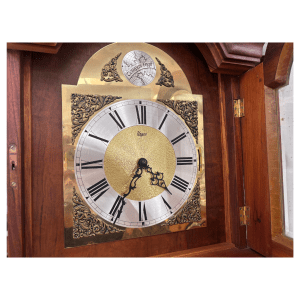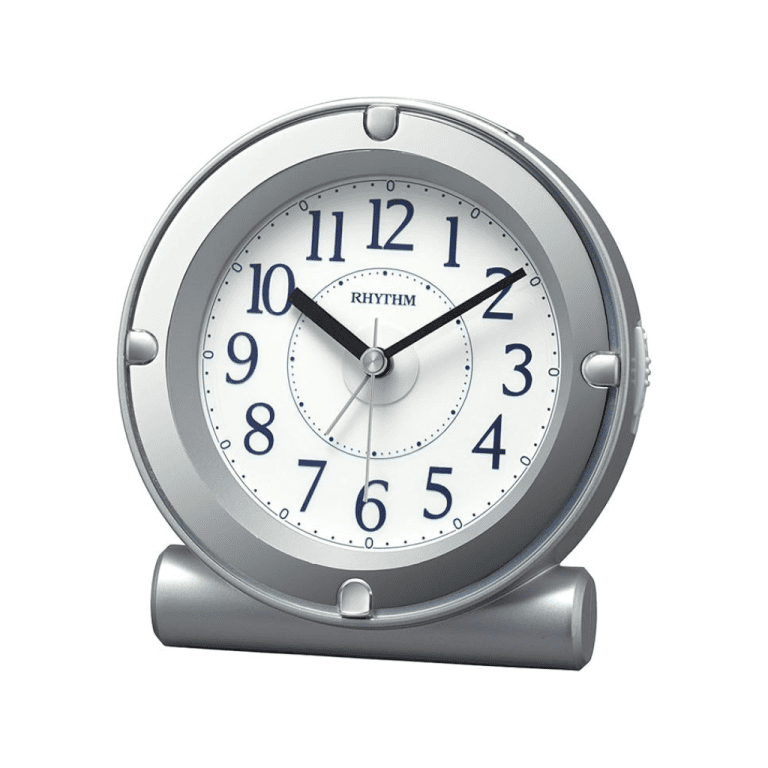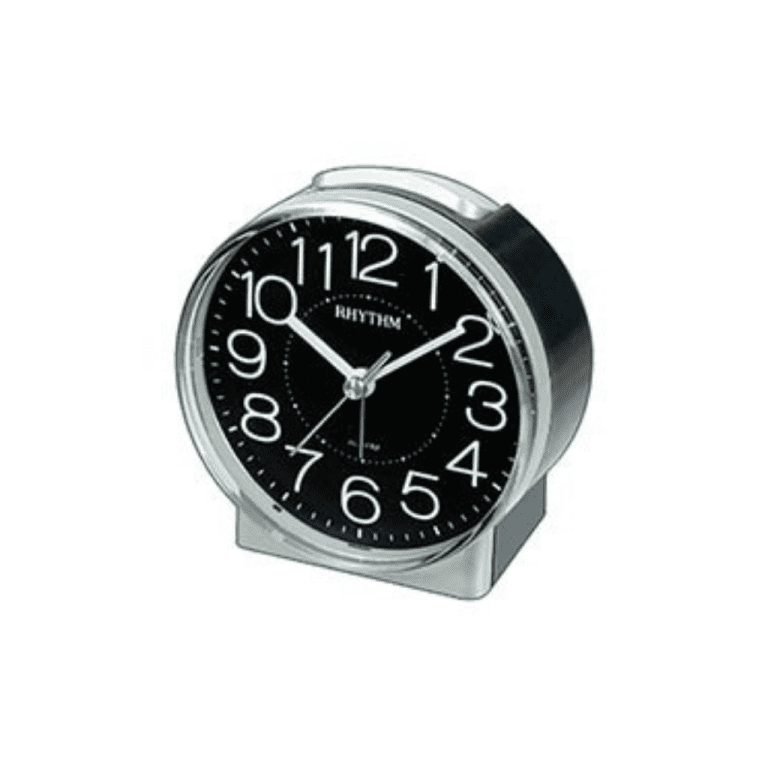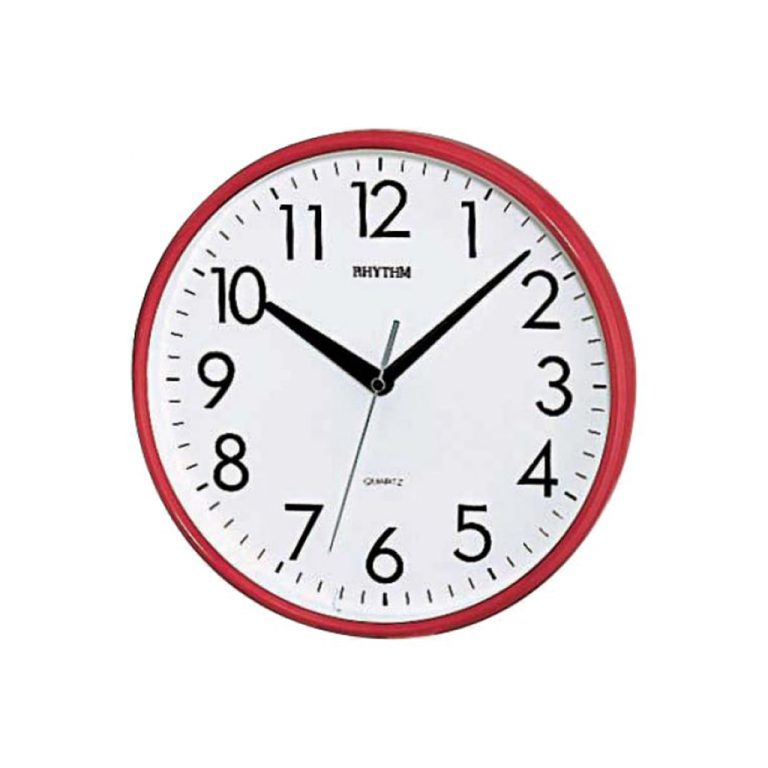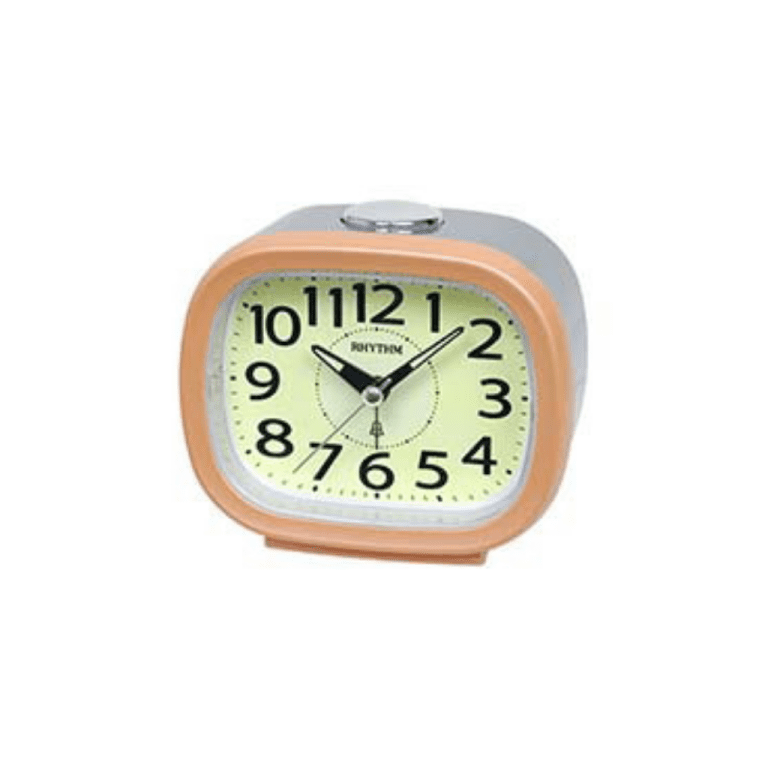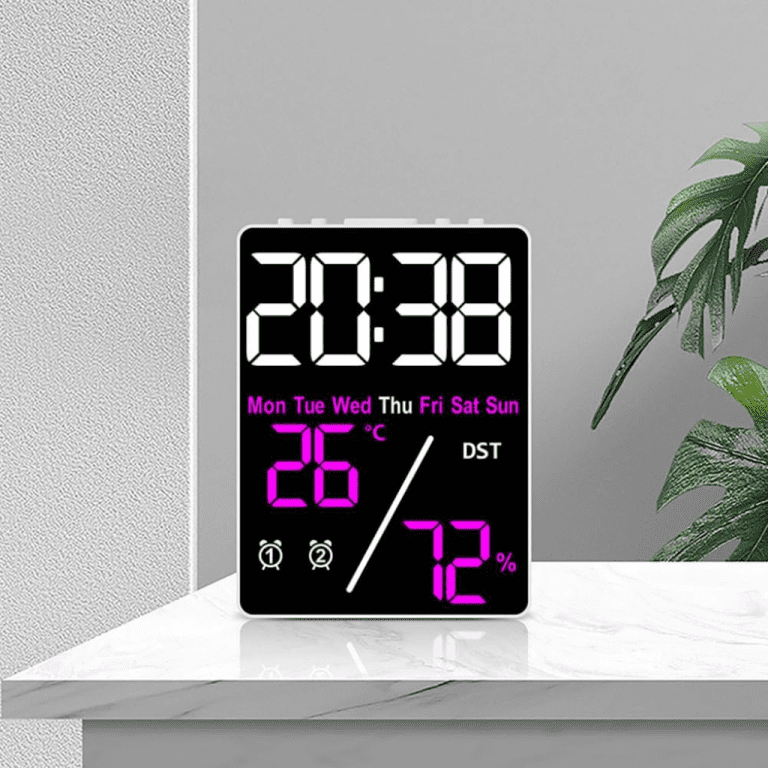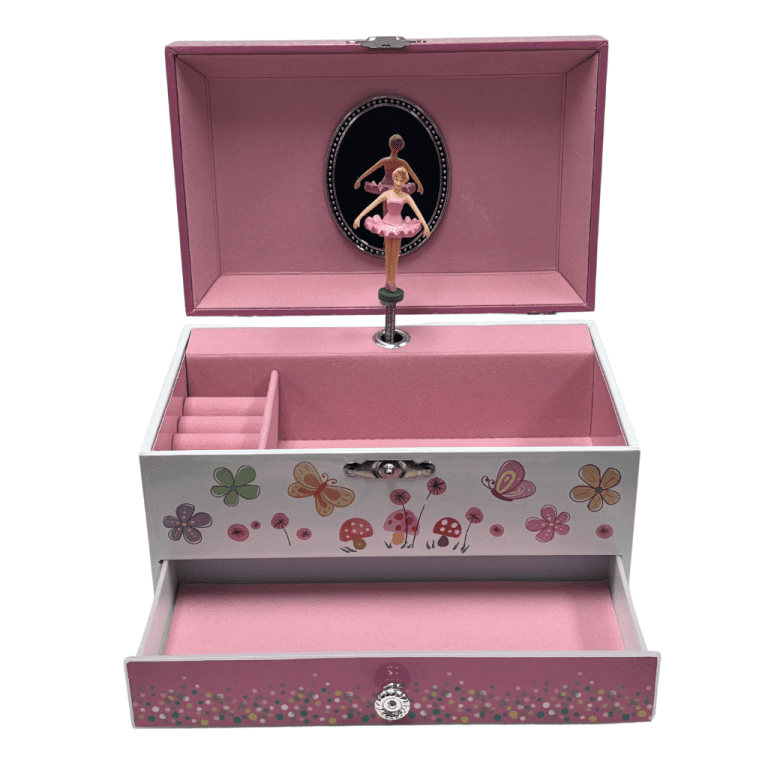A pocket watch, just as the name implies, is a watch that is carried in the pocket. It is very well different from a wrist watch which is most commonly used by people and fastened to the wrist.
It came into existence in the year 1510, in Nuremberg, Germany, where Peter Henlein who was a master locksmith invented it. He kept manufacturing these watches until the 16th century when the manufacturing spread throughout the rest of Europe.
In the fifteenth century, pocket watches were used to distinguish between the craftsmen and members of the upper class of the society as only the wealthy could use it. An early prototype of the pocket watch was worn in this era around the neck, rather than on a pocket watch chain, like an Albert T Bar chain. Historical figures such as the Duke of Modena, the Marchese di Manta and Meshur Sheyh Dede were all known to have used the first pocket watch designs.
The invention was necessitated by the need to have a time-teller that does not depend on a power source to work. Hence, the early designs of the pocket watch were mainspring powered and lacked a glass screen protector; sporting a brass lid only.
However, these early models of the pocket watches were not completely accurate in time telling, but the problem was fixed by the introduction of a lever escapement, and a minute handle which was not evident in the previous models.
By and large, in the early years, a pocket watch told society so much about a gentleman, with regard to his social standing and his place in society. As a result, pocket watches were passed down as a family heirloom and was something a man could treasure, no matter the nature and what element it was made of, whether it was made of silver, gold, brass, or platinum.
Special pockets were made in jackets, shirts, vests, etc in order to accommodate the timepiece. Wealthy men often flaunted their wealth by the type of pocket watch they owned, and the newly rich folks also demonstrated their new status by showing off the type of pocket watch they had acquired.
Albeit, this social divide did not mean that the poor couldn’t own a pocket watch. They did own one by virtue of inheritance or goodwill from friends or family members, but the type of metal it was made of could range from brass to silver, and the sentimental value would be priceless.
What does a pocket watch look like?
Basically, the idea of the pocket watch was to have a time-teller that can be carried about. As such, pocket watches have chains attached to them which are used to strap them to a lapel, belt loop, or waistcoat to prevent them from falling off or being stolen.
The early pocket watches were however hung around the neck, to secure them as well.
Besides the use of chains on the pocket watches, they were also mounted on a short leather strap, fob, or any other type of fixture, in situations where a long chain was considered to be cumbersome or likely to catch on things. This fob could also provide a protective flap over their face; to prevent them from being scratched or shattered. Also, coats of arms or seals of special organizations, societies, or nations were commonly used as decorations on the watches.
Some of the first pocket watches also included practical gadgets in their design like winding keys, a vesta case, and even a cigar cutter. All these added gadgets also increased the value and usability of the watch and gave it an added appeal to consumers. Pocket watches with built-in gadgets are also popular amongst watch collectors as the added gadget tells a story about the time during which the pocket watch was produced and in use.
TYPES OF POCKET WATCHES
It is important to note that even though pocket watches are essentially a single design, there are a few different aesthetic elements that greatly affect the way the pocket watch is used and displayed. These elements speak a lot in determining the value and age of the watch, as well as being ultimately more or less attractive to each owner and potential buyer.
Therefore, pocket watches are often classified by the type of face display they are designed to possess.
There are six main types of pocket watches. They include:
The Open-Face Pocket Watch
The Hunter-Case Pocket Watch
Full Hunter Pocket Watch
Double Hunter Pocket Watch
The Demi or Half-Hunter Case Pocket Watch
The Nurses Fob Watch
Open-Face Pocket Watch
The open face pocket watch is self-explanatory. It is also known as a Lepine. It is designed to have any cover. That is, the case of an open-face pocket watch comes without a metal cover to protect the crystal, and the time can be read without having to remove any obstructions. What they typically have is a pendant located at the 12 o’clock position with a sub-second dial at 6 Oclock. Also, there are watch movements with the winding stem at 3:00 and a sub-second dial at 6:00 that are meant for use in a hunting case with an open-face design. These are known by the term sidewinder.These kinds of watch movements can be changed out with a conversion dial which moves the winding stem to 12:00 and sub-second dial to 3:00. It is interesting to note that watches approved for railroad service after 1908 were to be open-faced with a 12:00 winding stem.
Open-face pocket watches are quite common these days, as opposed to the early times when they were not at all popular, like in the eighteenth and nineteenth centuries, particularly as the porcelain faces used could be damaged easily and so needed the additional protection of a cover. This is why the full hunter was developed: a pocket watch that is complete with a cover that opened and closed on a hinge.
Hunter-Case Pocket Watch
This kind of pocket watch features an interesting design meant to provide protection of the watch. A hunter-case is a pocket watch with a spring-hinged metal lid or cover that is the same shape as the watch. It is designed in such a way that it closes over the crystal – much snaps into place – providing the entire face of the watch with protection from damage that may result from dust or debris. It is meant to make reading time easy with one hand and was named in England. The common use at the early time was by fox hunters who could see what time it was without letting go of the reins of their horse.
It is interesting to note that the French refer to the hunter-case pocket watch as a savonnette. The French word for soap is Savon and the watch received this name simply because of how it resembled a round bar of soap when the cover is down. Early hunter-case pocket watches have the lid hinges located at 9:00 with the stem, crown, and bow at 3:00. Contemporary styles have the lid hinged at 6:00 and stem, crown, and bow at 12:00. The sub-second dial is always located at 6:00.
The hunter-case pocket watch has a variety of other forms made from it. These forms are the full hunter pocket watch, the double hunter pocket watch, and the double-half hunter pocket watch.
Full Hunter Pocket Watch
The full hunter pocket watch design often featured an ornately engraved outer casing with initials or even a picture or photograph displayed on the inner. Time telling, however, could become quite a hassle when the cover had to be opened every time the owner wanted to check the time. This hassle was seen as quite a big deal for people who owned such a design of the pocket watch, and this is why the half hunter was invented.
Double Hunter Pocket Watch
The double hunter pocket watch has many of the same features as the Full hunter pocket watch version with the front face of the pocket watch covered with a protective lid, but the difference that exists between them is that with a double hunter case there is a lid which opens on the back of the pocket watch too. This is designed so that the mechanical movements of the pocket watch can be viewed. It also makes the pocket watch easy to stand on its own, that way, the time can easily be read. On double hunter pocket watches also, the 12would be located just below the stem of the pocket watch; which would mean when the watch is sitting on its own, the time would be facing the correct way.
Double Half-Hunter Pocket Watch
Literarily, the double half hunter pocket watch is a combination of the double hunter and the half hunter pocket watches. It has all the features of a double hunter pocket watch, which includes having a front and back hinged lid which fully opens, but the difference is that it possesses a window-like feature on the front lid of the pocket watch, which then enables you to view the dial of the pocket watch whilst having the luxury of a protective covering to prevent the dial from being damaged. With these pocket watches, you can also have the option of having a pocket watch with viewable mechanical movements from the front or the back of the pocket watch, which adds a very beautiful antique feel to it.
Demi or Half-Hunter Case Pocket Watch
This variation of the hunter-case is a style that features an outer lid that contains either a glass panel or a hole in the centre. The primary function of this is that it makes room for a quick glance at the partial watch hands visible through the centre viewing hole. The outer lid features the hours marked, often in blue coloured enamel so you can read the time without having to open the case.
Nurse’s Fob Watch
A nurse’s fob watch is a kind of pocket watch that does not always rest inside a pocket. The faces of these watches are considerably smaller than any other pocket watch, up to half or quarter the size of a traditional pocket watch. Nurses watches have a long history as a womans watch style. They often have a strap-like attachment but only on one side of it and far too short to fit around anything bigger than a finger. At the end of the strap is a pin or clip of some kind allowing the fob watch to be attached to a piece of clothing such as a collar or pocket.
The nurses fob watches in particular feature the strap attached at 6:00 so that the watch appears to hang upside down to someone standing in front of the wearer. This allows the wearer to hold the watch up for viewing to read the dial in the normal position to them. They have been popular gift ideas for nursing graduates in recent years however, for hygienic reasons, more and more medical facilities are requesting nursing staff wear fob watches instead of a wrist watch.
Pocket watches however, ceased to be part of a professional dress around 1943. It was at this time that the British Royal Navy gave their sailors Waltham pocket watches with 9-jewel movements, black dials and radium coated numbers for night-time viewing. The Waltham company also supplied watches to the Canadian military. Military contracts kept manufacturers producing pocket watches during this time.
For a few years in the 1970s and 1980s, pocket watches returned to style as men began taking a greater interest in their dress. Some men took to placing a timepiece in the vest pocket of their suit and as a result, some watch manufacturers began producing pocket watches once again.
Up until the beginning of the 20th century, the pocket watch was the premier timepiece on the market.
Although pocket watches are not so common in recent a as a result of its evolving into the modern wristwatches and the rest time tellers, some people still find them fashionable, and thus use them just like the normal wristwatches.



